Home>Gardening & Outdoor>Outdoor Recreation & Activities>How Many Rows In A Jenga Game
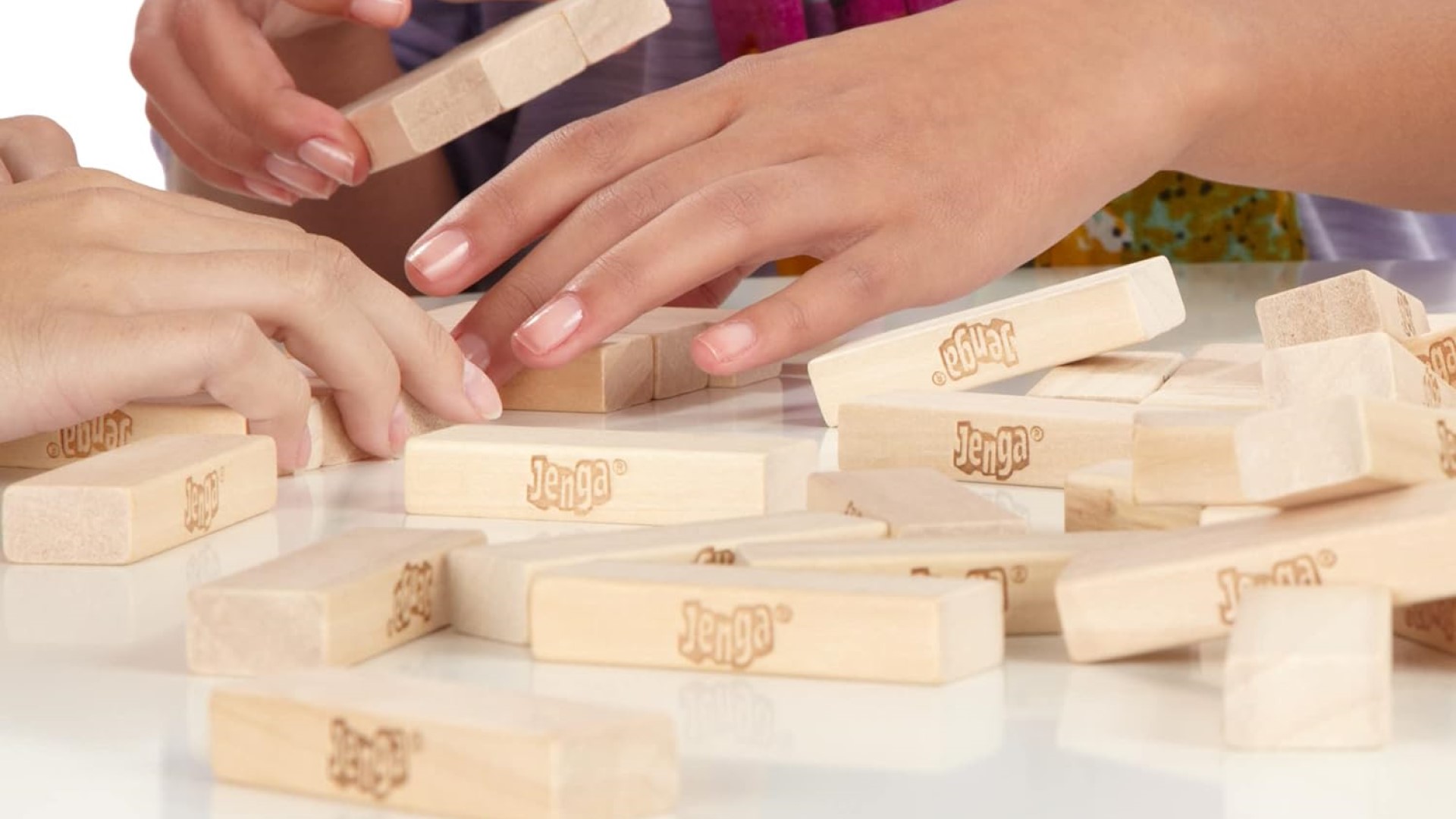

Outdoor Recreation & Activities
How Many Rows In A Jenga Game
Modified: February 18, 2024
Discover the thrill of outdoor recreation and activities with Jenga. Learn how many rows are in a Jenga game and elevate your outdoor fun. Ideal for all ages and skill levels.
(Many of the links in this article redirect to a specific reviewed product. Your purchase of these products through affiliate links helps to generate commission for Storables.com, at no extra cost. Learn more)
Introduction
Welcome to the world of Jenga, a game that demands a steady hand, strategic thinking, and nerves of steel. Whether you're a seasoned Jenga enthusiast or a newcomer to the game, this article will delve into the fascinating details of Jenga, including its history, rules, and strategies for mastering this thrilling pastime.
Jenga, a Swahili word meaning "to build," perfectly encapsulates the essence of this game. It's a test of skill and precision, where players meticulously remove wooden blocks from a tower and place them on top without causing the structure to collapse. The tension mounts with each move, making every game an exhilarating experience.
In the following sections, we'll explore the origins of Jenga, uncover the rules that govern gameplay, and discuss the optimal strategies for emerging victorious. Furthermore, we'll address a frequently asked question: how many rows are in a Jenga game? This query is pivotal to understanding the game's dynamics and formulating winning tactics.
So, whether you're seeking to enhance your Jenga prowess or simply intrigued by the mechanics of this timeless game, join us on a journey through the captivating world of Jenga.
Key Takeaways:
- Jenga consists of 18 rows of wooden blocks, creating a thrilling test of skill and composure as players strategically maneuver through the game.
- Strategic finesse and unwavering composure are key to mastering Jenga, where every move shapes the course of the game and every triumph is a testament to skill and nerve-wracking excitement.
Read more: How Many Rows Down In Jenga
History of Jenga
The captivating history of Jenga traces back to the early 1970s, where it was conceptualized and developed by Leslie Scott, a British board game designer. Scott drew inspiration from her childhood experiences in Africa, where she played with wooden blocks and constructed intricate structures. These fond memories kindled the idea of creating a game that revolved around building and balance.
In 1983, Jenga was officially launched, and its unique gameplay quickly garnered widespread acclaim. The game’s appeal transcended age barriers, captivating both children and adults with its blend of skill, suspense, and dexterity. Its universal appeal led to its global proliferation, making it a staple in homes, social gatherings, and even international competitions.
The essence of Jenga lies in its simplicity. The game comprises 54 wooden blocks arranged in a tower formation, with three blocks per layer placed at right angles to each other. Players take turns delicately extracting a block from the tower and carefully placing it on top. The tension mounts as the tower becomes increasingly unstable, creating an electrifying atmosphere as each move could spell victory or defeat.
Over the years, Jenga has evolved beyond the traditional wooden blocks, with themed editions featuring unique designs and variations. These adaptations have further popularized the game, ensuring its enduring relevance in the realm of recreational activities.
Leslie Scott’s creation has transcended generations, captivating players worldwide and earning its status as a timeless classic. Its enduring popularity is a testament to the universal allure of skill-based, suspenseful gameplay, making Jenga an indispensable component of social gatherings and a cherished pastime for countless individuals.
Rules of Jenga
Jenga is a game of physical and mental skill that combines tension, precision, and strategy. Understanding the rules is essential for an engaging and fair gameplay experience.
The setup is straightforward: the 54 wooden blocks are stacked in layers of three, alternating direction to form a sturdy tower. Once the tower is assembled, the game can commence.
The objective is to remove a block from any level of the tower (except the topmost completed one) using only one hand and place it on the topmost level to complete it. Players must ensure the tower remains stable during their turn, as any destabilization or collapse results in elimination from the game.
Some key rules to keep in mind during gameplay include:
- One-handed play: Players can only use one hand at a time to remove blocks from the tower. This adds an extra layer of challenge and skill to the game.
- Complete a level: A level is considered complete when a block is successfully placed on top, forming a new layer. This signifies the end of one player’s turn and the beginning of the next.
- Steady does it: Players must exercise caution and finesse when removing and placing blocks to avoid causing the tower to collapse.
- Strategic moves: As the tower becomes increasingly precarious, players must strategically select blocks to maintain stability and challenge opponents.
- Victory and defeat: The game continues until the tower collapses, leaving the last player to successfully place a block as the victor. Conversely, the player responsible for the collapse is deemed the loser.
These rules form the foundation of Jenga, fostering an environment of skillful play, nerve-wracking suspense, and exhilarating competition. By adhering to these guidelines, players can fully immerse themselves in the captivating world of Jenga, where every move carries the weight of victory or defeat.
A standard Jenga game has 54 wooden blocks, so there are 18 rows of 3 blocks each. Each row is stacked on top of the previous one, creating the classic Jenga tower.
Number of Rows in a Jenga Game
Understanding the structure of a Jenga tower is crucial for devising winning strategies and navigating the game’s intricate dynamics. A standard Jenga set consists of 54 wooden blocks, which are skillfully stacked to form a stable tower at the onset of the game.
Upon assembling the tower, players are met with a striking visual spectacle: a towering structure comprising multiple levels of wooden blocks. Each level consists of three blocks placed adjacent to one another, forming a sturdy foundation for the levels above. The blocks are arranged at right angles to the previous level, creating a crisscross pattern that enhances the tower’s stability.
As players deftly extract blocks and position them atop the tower, the structure undergoes a transformation, evolving with each added layer. The height and complexity of the tower increase as the game progresses, intensifying the challenge and suspense for the players.
So, how many rows are there in a Jenga game? The answer lies in the evolving nature of the tower. At the commencement of the game, the tower consists of 18 levels, each comprising three blocks. As players adeptly maneuver through the game, completing levels and adding new ones, the tower’s height and instability escalate, culminating in a thrilling test of skill and composure.
As the game unfolds, the tower’s appearance undergoes a dramatic metamorphosis, with each completed level contributing to its imposing stature. The progression of the game is visually represented by the accumulation of completed levels, signifying the players’ strategic moves and the tower’s increasing vulnerability.
Understanding the number of rows in a Jenga game is pivotal for formulating effective tactics and adapting to the tower’s evolving state. By recognizing the significance of each level and comprehending the implications of adding new rows, players can navigate the game with heightened precision and strategic acumen.
The evolving nature of the tower, characterized by the accumulation of completed levels, underscores the dynamic and captivating essence of Jenga. As players deftly manipulate the blocks and navigate the precarious structure, the evolving number of rows serves as a tangible representation of their progress and the escalating tension that permeates every move.
Strategies for Winning Jenga
Mastering the art of Jenga requires a delicate balance of skill, strategy, and composure. As the tower grows increasingly precarious with each move, players must employ astute tactics to outmaneuver their opponents and emerge victorious. Here are some strategies for achieving Jenga supremacy:
- Assess the Tower: Before making a move, carefully assess the tower’s stability and identify any loose or protruding blocks. Understanding the tower’s weak points is crucial for strategic block selection.
- Strategic Extraction: Instead of opting for the easiest block to remove, strategically select blocks that will maintain the tower’s stability. Look for blocks that are tightly nestled within the structure to minimize destabilization.
- Observe Opponents’ Moves: Pay close attention to your opponents’ moves. Their actions can provide valuable insights into the tower’s vulnerabilities and potential block selections.
- Balance and Symmetry: Aim to maintain the tower’s balance and symmetry with each move. Avoid creating lopsided structures that increase the risk of collapse.
- Strategic Placement: When adding blocks to the top of the tower, position them with precision to distribute weight evenly and preserve stability.
- Anticipate Opponents’ Reactions: Consider how your move will impact subsequent players. Anticipating their responses can inform your strategic decisions and create opportunities for capitalizing on the tower’s vulnerabilities.
- Utilize Psychological Tactics: Capitalize on psychological tactics by creating suspenseful moments for opponents. Deliberate movements and calculated pauses can heighten tension and unsettle competitors.
- Maintain Composure: As the tower becomes increasingly unstable, maintaining composure is paramount. Nervous movements can inadvertently destabilize the tower, so exuding calm and confidence is key.
- Embrace Risk-Management: Embrace calculated risk-taking by capitalizing on opponents’ oversights or strategic errors. Assess the potential risks and rewards of each move to optimize your chances of success.
By incorporating these strategies into your gameplay, you can elevate your Jenga prowess and outmaneuver opponents with finesse and strategic acumen. Jenga is not merely a test of physical dexterity, but a battle of wits and nerves, where strategic mastery and psychological insight play pivotal roles in securing victory.
Embrace the challenge, hone your skills, and revel in the exhilarating pursuit of Jenga supremacy. With strategic finesse and unwavering composure, you can navigate the precarious tower and emerge triumphant, solidifying your status as a Jenga virtuoso.
Read more: How Many Blocks In A Jenga Game
Conclusion
As we conclude our exploration of Jenga, it’s evident that this timeless game transcends mere entertainment, offering a captivating blend of skill, strategy, and suspense. From its humble origins to its global popularity, Jenga has cemented its status as a beloved pastime that unites players of all ages in thrilling competition and camaraderie.
The history of Jenga is a testament to the enduring appeal of simple yet engaging gameplay. Leslie Scott’s vision has resonated with countless individuals, sparking moments of exhilaration and tension as players deftly navigate the precarious tower in pursuit of victory.
Understanding the rules and strategies of Jenga is essential for fully immersing oneself in the game’s captivating dynamics. From the meticulous extraction of blocks to the strategic placement atop the towering structure, every move carries the weight of victory or defeat, creating an electrifying atmosphere that captivates players and spectators alike.
The evolving number of rows in a Jenga game serves as a tangible representation of the escalating tension and strategic complexity that defines each match. As the tower grows in height and instability, players must adapt their tactics and exhibit unwavering composure to emerge triumphant in the face of mounting suspense.
Ultimately, Jenga is more than a game; it’s a thrilling journey that unfolds with each delicate move and strategic decision. It fosters moments of suspense, camaraderie, and unyielding determination, making every game a memorable and exhilarating experience.
So, whether you’re a seasoned Jenga aficionado or a newcomer to this captivating world, embrace the challenge, hone your skills, and revel in the electrifying pursuit of Jenga supremacy. With strategic finesse and unwavering composure, you can navigate the precarious tower and emerge triumphant, solidifying your status as a Jenga virtuoso.
Let the tension mount, the strategies unfold, and the thrill of victory propel you into the captivating realm of Jenga, where every move shapes the course of the game and every triumph is a testament to skill, strategy, and nerve-wracking excitement.
Frequently Asked Questions about How Many Rows In A Jenga Game
Was this page helpful?
At Storables.com, we guarantee accurate and reliable information. Our content, validated by Expert Board Contributors, is crafted following stringent Editorial Policies. We're committed to providing you with well-researched, expert-backed insights for all your informational needs.
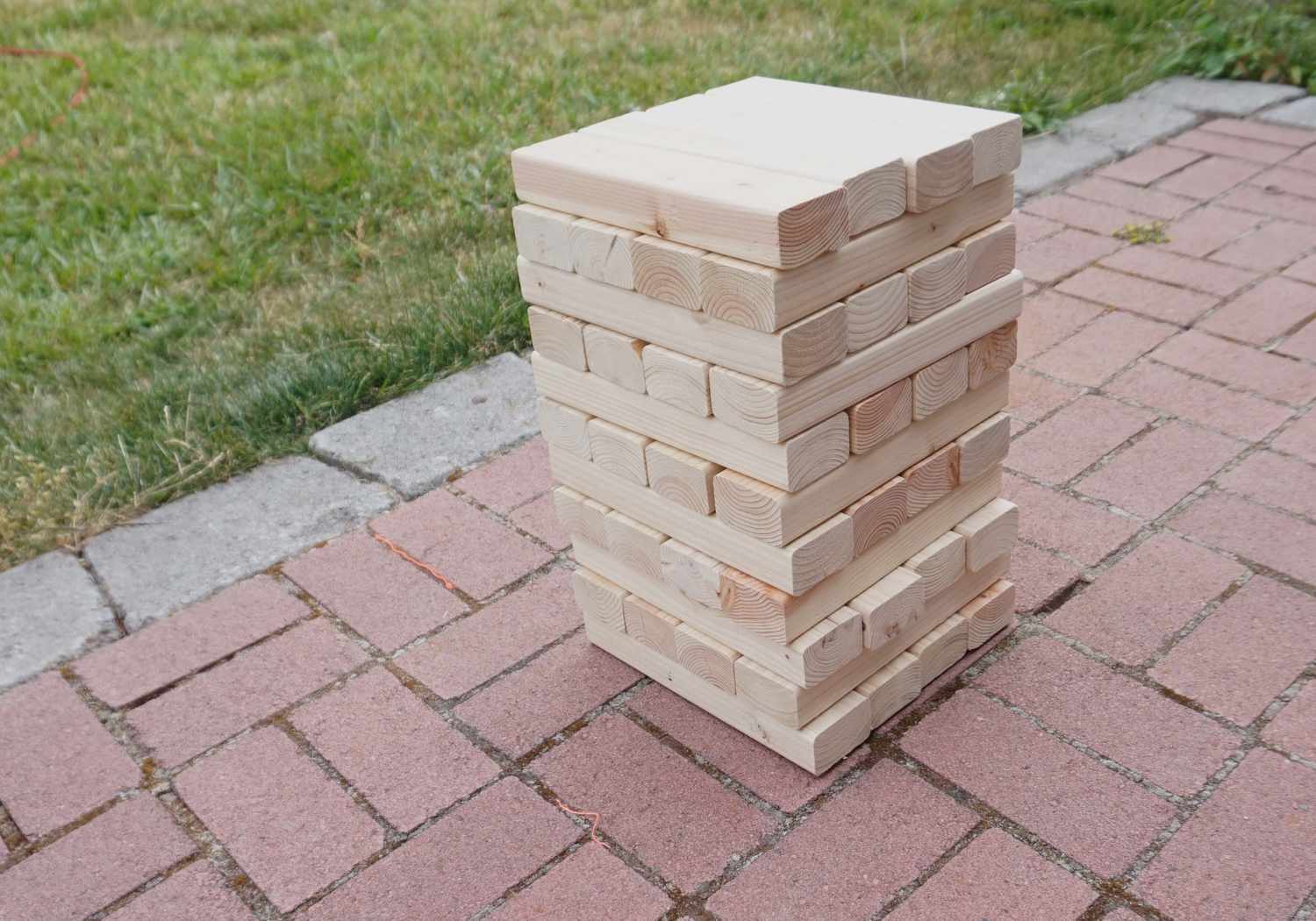



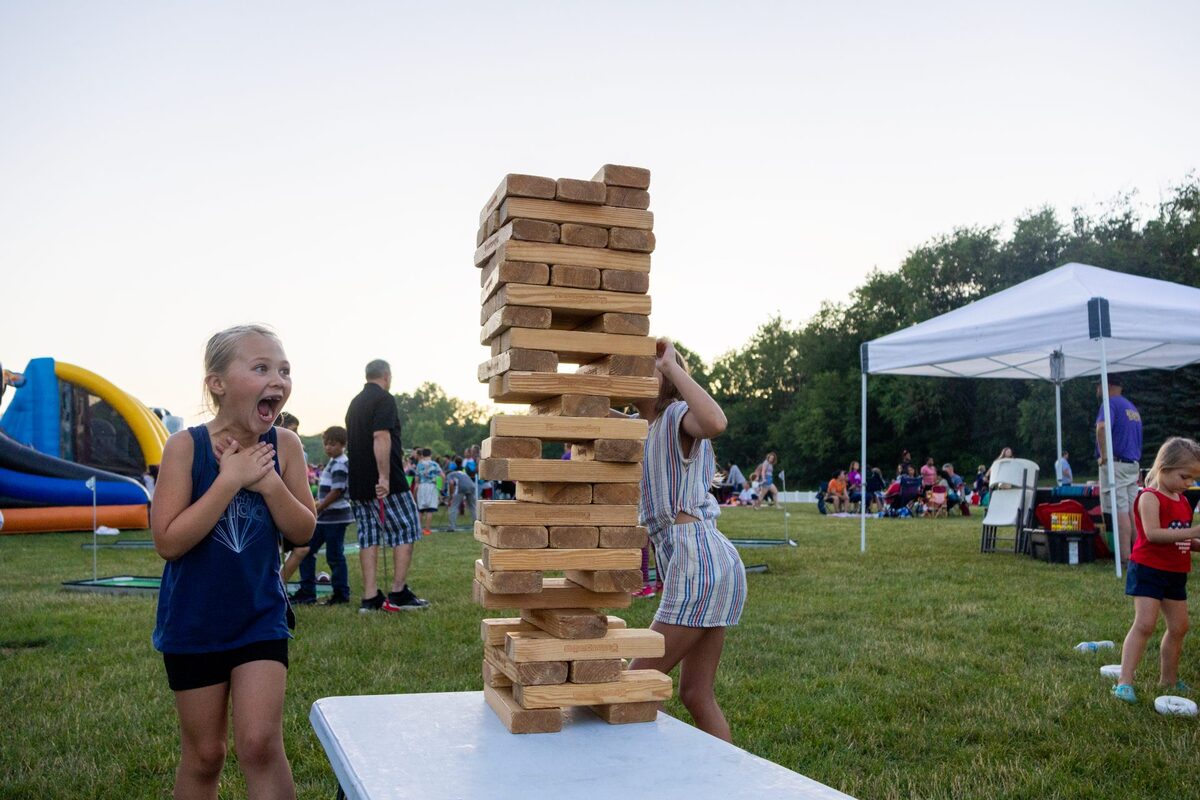

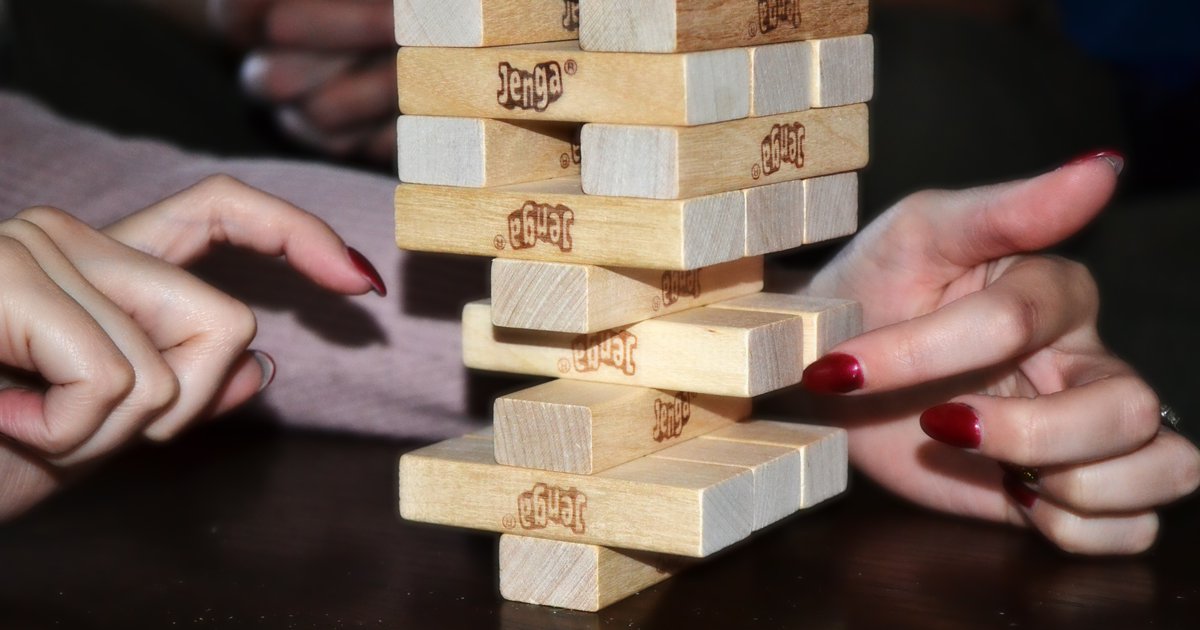




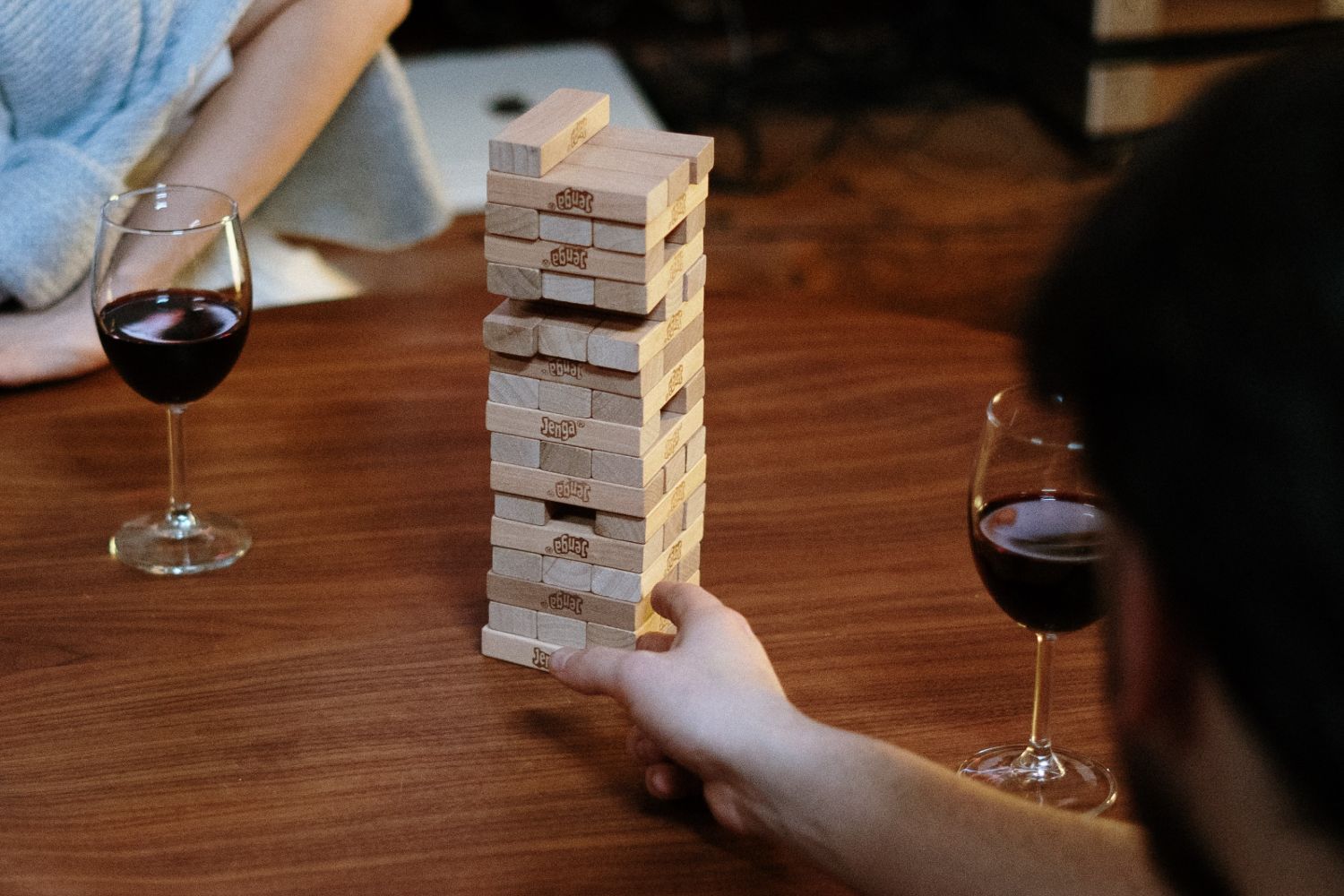
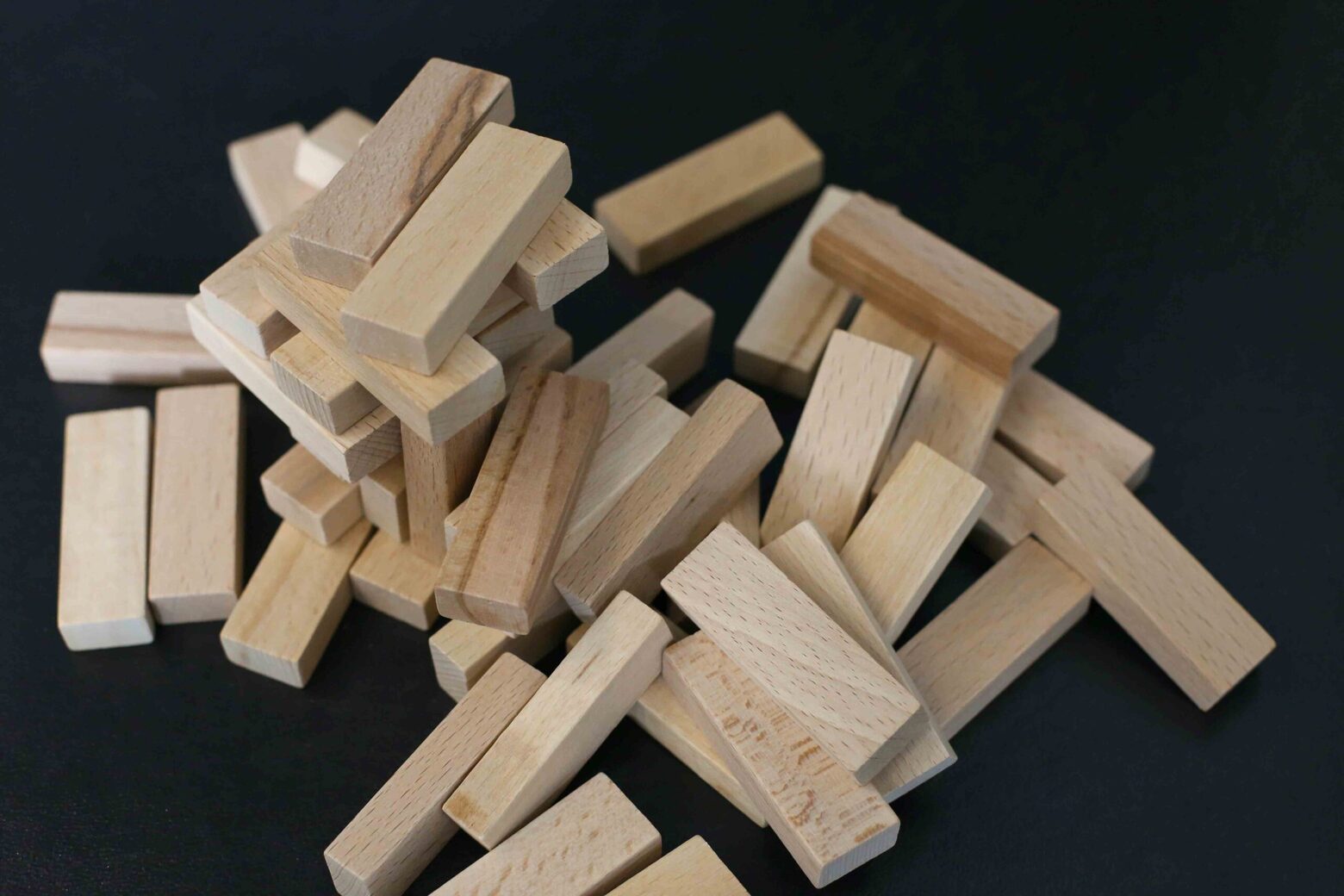


0 thoughts on “How Many Rows In A Jenga Game”